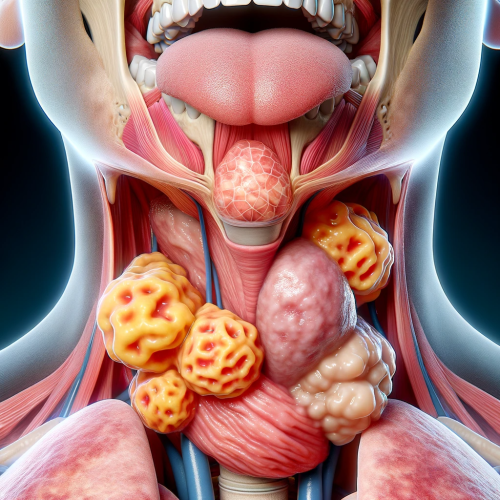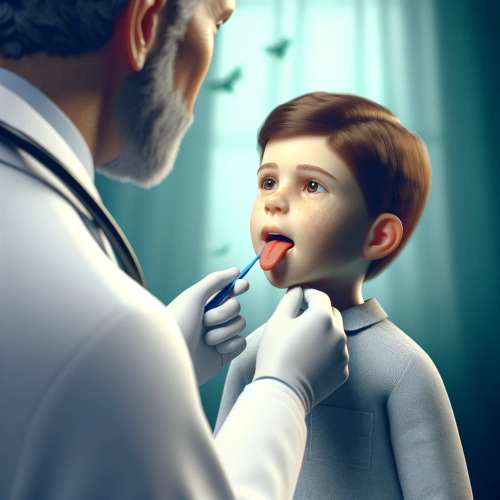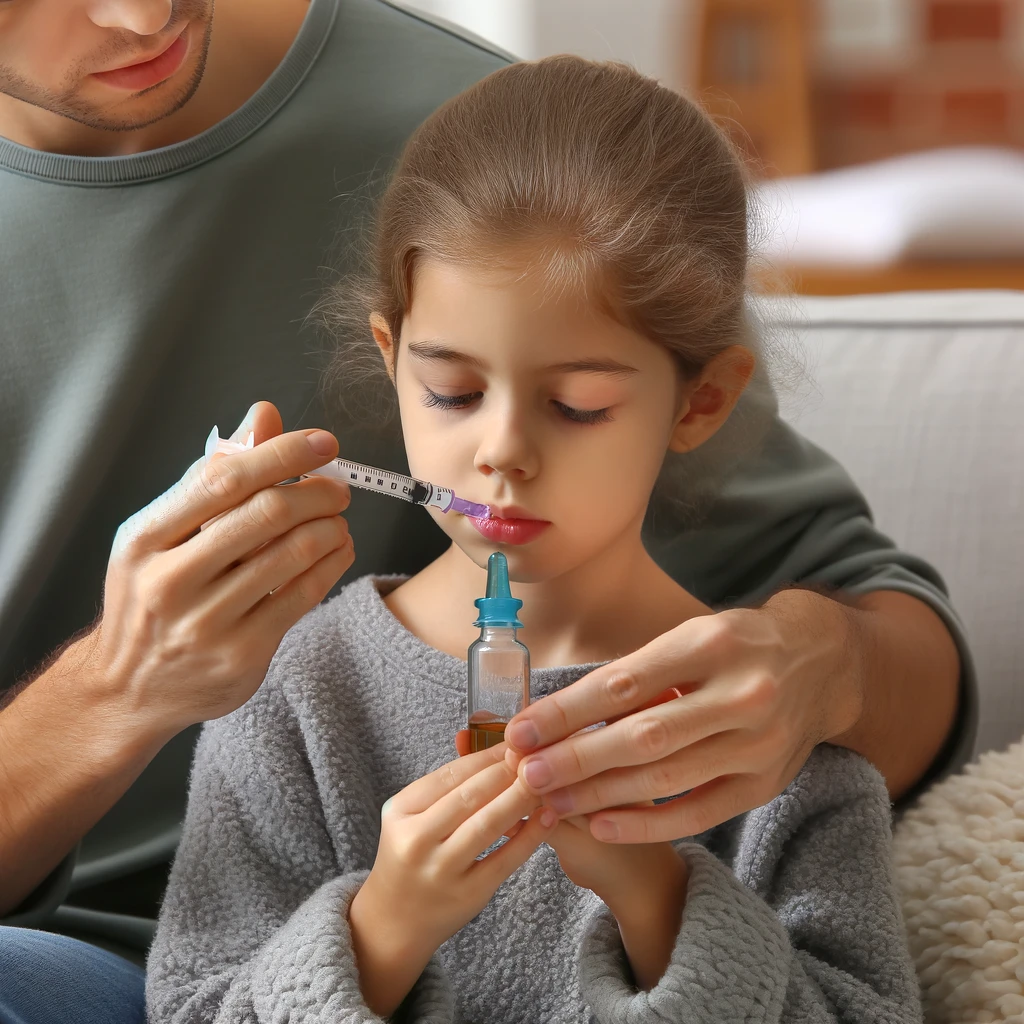
Adenoids, often referred to as the third tonsil, play a crucial role in our body’s immune system, especially during childhood. Understanding their function, associated problems, and treatment options is vital for maintaining respiratory and overall health. This comprehensive guide will provide you with five essential facts about this interesting lymphatic tissue in humans.
1. Understanding Adenoids: Location and Function
Adenoids are a mass of lymphatic tissue situated at the back of the nasal passage, near the throat. They are part of the immune system and help protect the body from viruses and bacteria that enter through the mouth or nose. In children, these lymphatic tissue structures are relatively large, which makes them more noticeable and significant in immune function.

2. Common Problems in Children
Children are more likely to experience adenoid-related issues due to their sizeable tonsils. Common issues include:
- Enlarged Lymphatic Tissue: Leading to difficulty in breathing, snoring, and sleep apnoea.
- Adenoiditis: Inflammation of the adenoids, often due to infection, causing earaches, stuffy nose, and sore throat.
3. Symptoms and Diagnosis of Third Tonsil
Symptoms indicating adenoid problems include:
- Nasal congestion and difficulty breathing through the nose.
- Recurring ear infections.
- Snoring and disturbed sleep patterns.
 Diagnosis typically involves a physical examination by a paediatrician. Advanced diagnosis may require an X-ray or endoscopy to view this lymphatic tissue directly.
Diagnosis typically involves a physical examination by a paediatrician. Advanced diagnosis may require an X-ray or endoscopy to view this lymphatic tissue directly.
4. Treatment Options for Adenoids or Third Tonsil
Treatment depends on the severity and frequency of symptoms. Options include:
- Medication: Antibiotics for infection and nasal steroids to reduce inflammation.
- Surgery (Adenoidectomy): Recommended when enlarged third tonsils cause significant breathing difficulties or lead to recurrent infections.
5. Post-Surgery Care and Recovery
After an adenoidectomy, recovery is generally quick, with most children returning to normal activities within a week. Post-surgery care includes:
- Adequate rest and fluid intake.
- Soft foods to ease throat discomfort.
- Pain management as prescribed by the doctor.
Preventive Measures and When to Seek Medical Advice
Regular handwashing and avoiding exposure to allergens can help reduce the risk of adenoid problems. If your child shows persistent symptoms, it’s essential to consult a paediatrician for proper evaluation and treatment.
This lymphatic tissue play a significant role in a child’s immune system. Understanding their function and related health issues ensures prompt and effective treatment, contributing to better respiratory health. Remember, timely medical intervention can make a substantial difference in managing adenoid-related concerns.
Article by Dr Tsanko Stefanov


